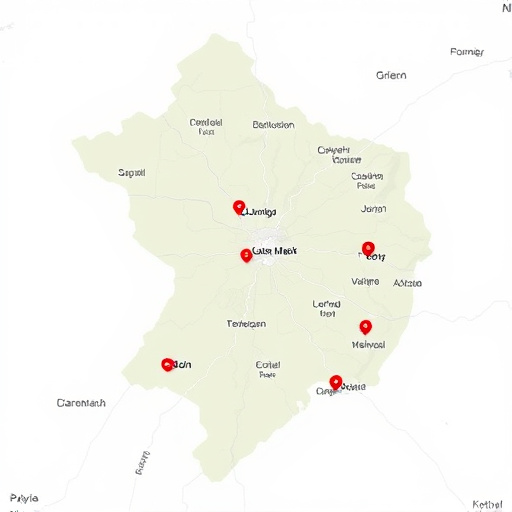Upgrading to a high-flow or optimized air intake system can significantly boost miles per gallon (MPG) by ensuring engines receive the right amount of air at optimal pressure, leading to more efficient combustion. The best air intake for fuel efficiency MPG aims to reduce airflow restrictions, increase air intake, and maintain a balanced fuel-to-air mixture. Simple modifications like using cold air intakes (CAI) and high-quality filters with suitable airflow ratings can enhance performance, lower intake air temperature, increase air density, and boost MPG, contributing to reduced emissions and longer ranges on each tankful.
In today’s economy, maximizing fuel efficiency is a top priority for vehicle owners. One effective way to achieve this is through optimizing air intake, which plays a crucial role in engine performance and fuel consumption. This article explores the science behind air intake systems and their impact on fuel efficiency, offering best practices and top gas-saving options to consider. Discover the ‘best air intake for fuel efficiency’ and boost your MPG without compromising power.
- Understanding Air Intake and its Impact on Fuel Efficiency
- Best Practices for Modifying Air Intake for Maximum MPG
- Top Gas-Saving Air Intake Options to Consider
Understanding Air Intake and its Impact on Fuel Efficiency

Air intake, or the process of drawing in atmospheric air into an engine, plays a pivotal role in determining a vehicle’s fuel efficiency. A well-designed air intake system ensures that the right amount of air enters the engine at optimal pressure, facilitating efficient combustion. This direct relationship between air intake and fuel economy is why many car enthusiasts and engineers focus on upgrading to the best air intake for fuel efficiency, aiming to boost miles per gallon (MPG).
The impact of air intake modifications on MPG can be significant. High-flow air intakes, for instance, are designed to reduce restrictions in the airflow, allowing more air into the engine. This increased airflow can lead to better combustion and improved power output, but it also needs the right fuel-to-air mixture to ensure efficiency. Modern vehicles with electronic control systems that precisely meter fuel injection benefit the most from optimized air intakes, as these systems rely on accurate air mass measurements for optimal performance and fuel economy.
Best Practices for Modifying Air Intake for Maximum MPG

When modifying an air intake system for maximum fuel efficiency and improved MPG, simplicity and minimalism are key. The best air intake design considers a few critical factors: first, ensuring a clean, unobstructed path for air to enter the engine, and second, maintaining the proper air-fuel ratio. Opting for a cold air intake (CAI) that draws in ambient air from outside the vehicle, away from hot exhaust gases, can significantly boost performance. This simple upgrade helps lower intake air temperature, increasing the density of the air entering the motor, which results in better combustion and enhanced MPG.
Additionally, choosing high-quality filters with a suitable airflow rating is essential. While some may suggest larger or more aggressive filter designs, these can restrict airflow and negatively impact efficiency. It’s important to strike a balance by selecting a filter that offers optimal flow without compromising debris protection. Regularly replacing these filters as recommended by the manufacturer will also contribute to maintaining peak engine performance and fuel economy.
Top Gas-Saving Air Intake Options to Consider

When looking for ways to boost your vehicle’s fuel efficiency and improve MPG, considering a gas-saving air intake system is a smart move. The right air intake can redirect airflow, ensuring that your engine consumes less fuel while producing more power. Among the top options available today, cold air intakes stand out due to their ability to draw in cooler, denser air, which enhances combustion and improves performance. These systems typically use a large filter and a dedicated cold air inlet, often mounted outside the engine compartment for direct airflow.
Another highly effective choice is a high-flow air intake, designed to restrict air restriction within the breathing system. This modification allows more air to enter the engine, resulting in better throttle response and increased horsepower. Unlike cold air intakes, high-flows don’t necessarily bring in colder air but focus on maximizing airflow volume, making them suitable for vehicles already equipped with temperature-sensitive components. Both options offer significant gains in fuel economy, ensuring you travel further on every tankful while contributing to reduced emissions.
Modifying your vehicle’s air intake system is a cost-effective way to improve fuel efficiency and reduce gas consumption. By understanding the impact of air intake on engine performance, adopting best practices, and choosing the right gas-saving options like high-flow air filters or cold air intakes, drivers can expect significant improvements in their vehicle’s MPG. Incorporating these changes not only benefits your wallet but also contributes to a more sustainable future.














